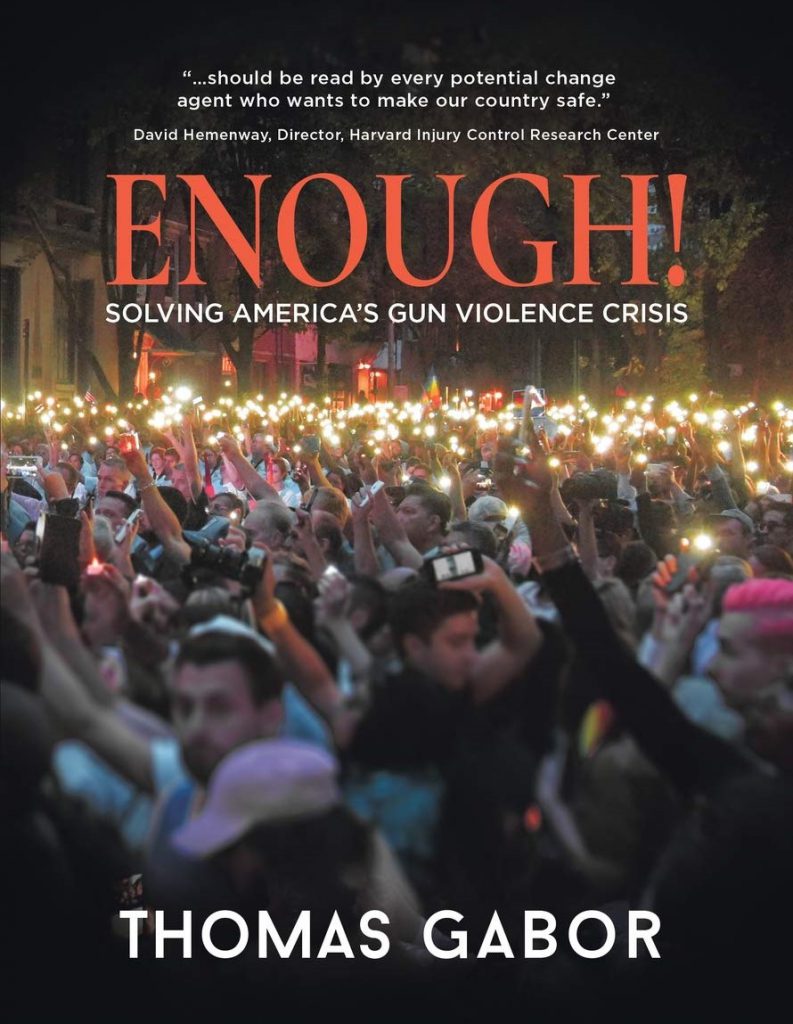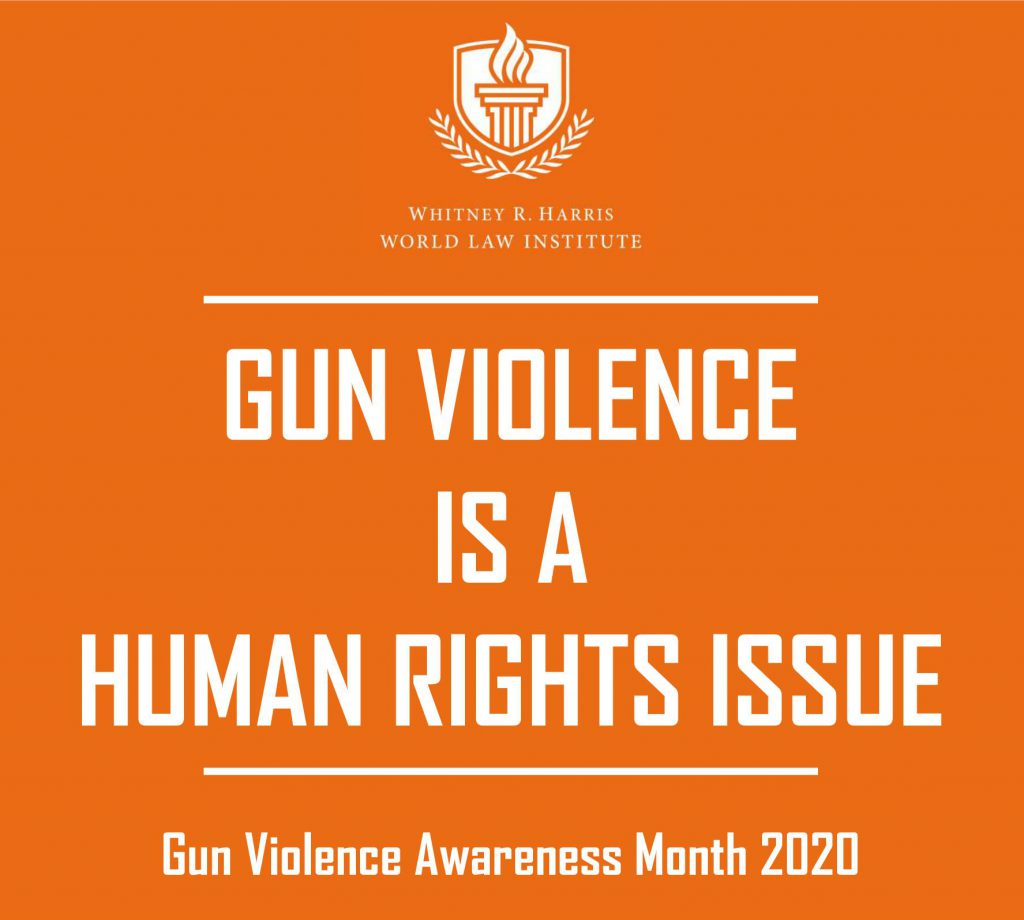By: Thomas Gabor, formerly a Professor of Criminology, is the author of Confronting Gun Violence in America (2016) and Enough! Solving America’s Gun Violence Crisis (2019).
This blog is part of a special series by the Harris Institute’s Gun Violence and Human Rights Initiative and the Institute for Public Health’s Gun Violence Initiative in recognition of National Gun Violence Awareness Month, launched on June 5th for Gun Violence Awareness Day. Throughout this series we will highlight the work being done on this critical issue across campus, the St. Louis region, and the country.
Gun violence has long been viewed as a public health concern. There are nearly 40,000 gun deaths per year in the US and, in 2019, the US experienced more than one mass shooting per day. Gun deaths and injuries occur in a range of contexts, including spontaneous disputes, group/gang violence, domestic violence, suicide attempts, targeted mass shootings, and unintentional incidents.
Guns escalate the lethality of violence as attacks or disputes involving firearms are far more likely to end in a death than those involving other weapons or no weapons at all. Intelligent firearm regulation can reduce the number of preventable deaths as illustrated by the fact that states with stronger gun laws tend to have fewer gun deaths.

Gun violence is also a human rights issue. Groups like the Harris Institute and Amnesty International have condemned the US for failing to live up to its commitments as a signatory to several international human rights agreements. Both organizations note that the US has not taken effective steps to reduce gun violence and has failed to invest in research that would identify effective policy solutions. The Second Amendment dominates rights-based discussions relating to guns despite the fact that the 2008 SCOTUS Heller ruling, which for the first time recognized a right to bear arms as an individual right, made it clear that this was a limited right. Little has been written about the responsibility of federal and state governments to protect their populations from unrelenting attacks on the lives and liberties of citizens by individuals wielding guns.

The 18th century English jurist Sir William Blackstone asserted that society is an association for mutual protection whereby an individual contributes to subsistence and peace of society, by paying taxes, helping enforce laws and defending the community against rebellion or invasion, and, in turn, receives protection from the community. Several state constitutions (e.g., Massachusetts) adopted the view that society was based on such a contract and affirmed the right to life, protection, and security.
Attorney Jonathan Lowy, one of America’s most active litigators in cases involving guns, argues:
The right to life—or to live—is protected by the Constitution and is the bedrock principle on which our government and civil society are founded…courts have recognized that public safety… is paramount…
Recognizing America’s international obligations and founding documents, I have drafted A Declaration of the Right to Live Free from Gun Violence. The Preamble to the Declaration provides its rationale, including the right to life, liberty, and security of person, the annual physical, psychological, and economic toll of gun violence, and the adverse impact on personal freedoms.
The Declaration affirms the right of Americans to: feel safe in their homes, at work, and in public spaces; to study in gun-free environments; to express their opinions free of intimidation by citizens with guns; to move about, shop, and enjoy leisure activities without a fear of gun violence; to attend places of worship without the presence of citizens with guns; and to be spared the harms, economic costs, and traumas associated with gun violence.
The document ends with a series of evidence-based policy proposals designed to safeguard the rights affirmed in the Declaration. These proposals include: a national licensing system for gun owners; an assault weapons and high-capacity magazine ban; a prohibition on gun carrying in sensitive areas (e.g., government buildings, schools); a limit on purchases of one gun per month; increasing oversight of the gun industry; requirements relating to the safe storage of firearms; and funding of research on gun violence and its prevention.
